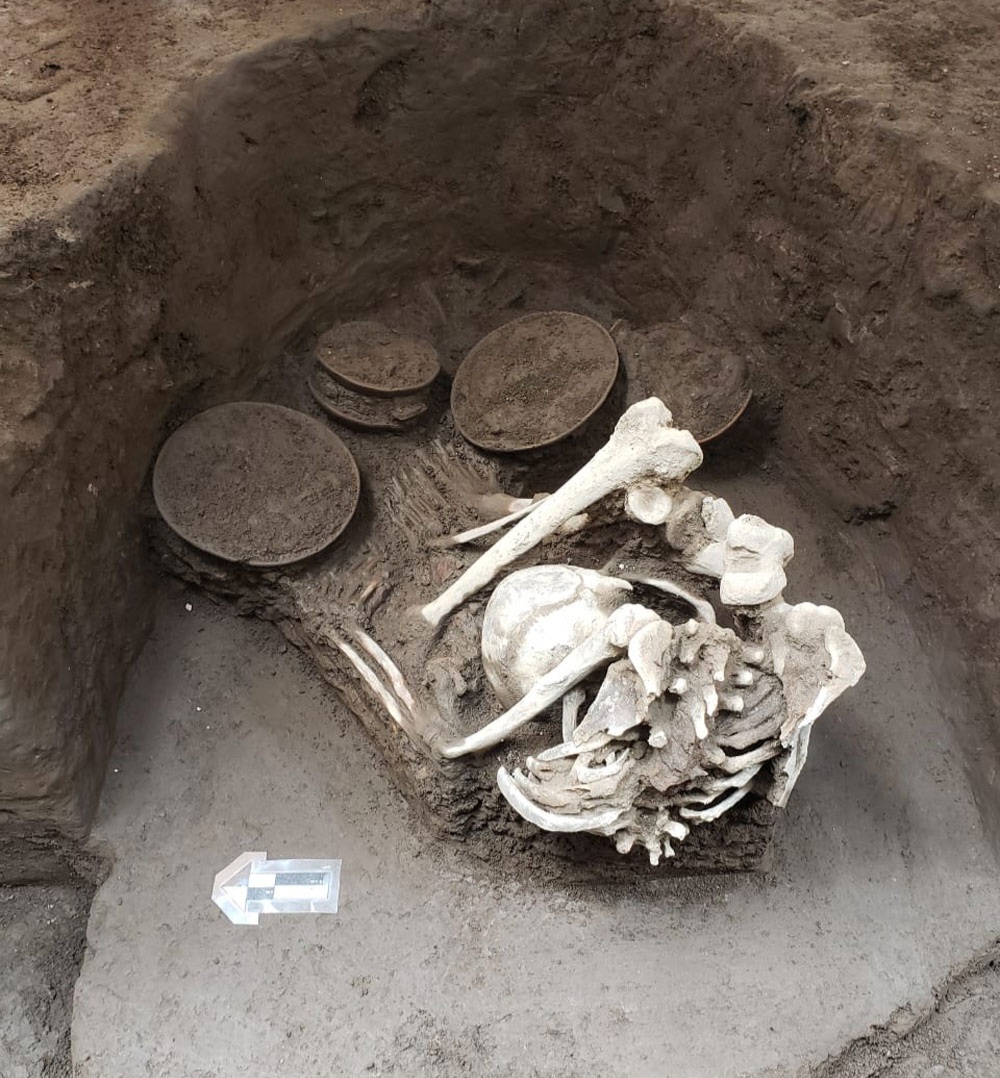Dating back to around the 5th to 7th centuries AD, the village was built during the Classic period of the Late Xolalpan-Metepec phases when Teotihuacan had become the most influential city in Mesoamerica.

At present, Teotihuacan is thought to have been home to roughly 125,000 people, making it one of the largest cities in the ancient world. It was comprised of 2,000 structures across an area of 18 square kilometers.
During the 1960s, the village was first discovered while construction was taking place. More recently, excavations have revealed features such as architectural elements, stone alignments, post holes, three human burials with associated artifacts, and substantial amounts of pottery.
Despite its rural location, the village probably had ties of interchange and reliance with other Teotihuacan administrative locations on the western edge of Lake Texcoco.
The scholars noted that the citizens of the village lived off of self-sufficiency and foraging, and was also a hotspot for the fabrication of high-quality pottery and handcrafted items. This was determined based on the presence of figurines, green stone artifacts, funeral gifts, and various obsidian and flint projectile points.
Investigations involving test pits and extensive excavations have revealed signs of the Aztecs inhabiting the area during the Late Postclassic Period, as well as other layers dating from the 18th, 19th, and 20th centuries AD.
Archaeologists uncovered a set of channels that marked off the chinamperia areas, which was a technique used by the Aztecs in Lake Texcoco to expand their agriculture and cultivate plants and veggies.
During their excavation, the team discovered an array of ceramic vessels, a headless seated sculpture, and various complete and incomplete artifacts that originated from the Late Aztec III Period (AD 1440-1521).




